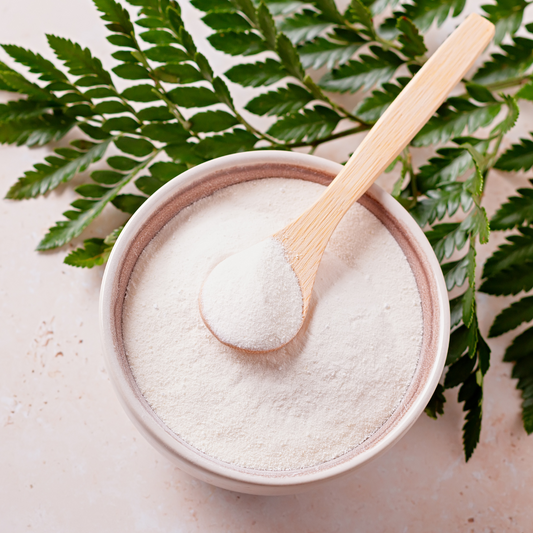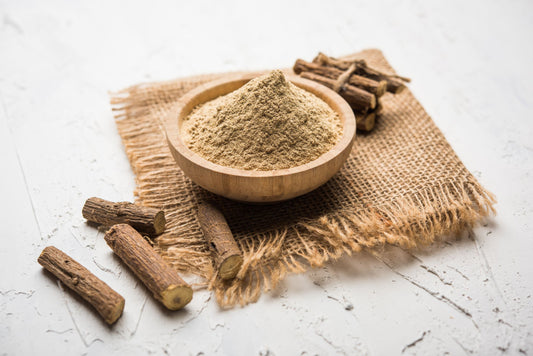Dining out can be a delightful experience, but if you have GERD, it can also be a bit tricky. The good news is that with some planning and a few smart strategies, you can still enjoy eating out without compromising your health. Here’s a detailed guide to help you navigate 9 days of dining out with GERD-friendly tips.
Day 1: Call Ahead & Ask if the Menu is Modifiable
Before heading out, call the restaurant to inquire whether they can modify dishes to suit your dietary needs. If the menu isn't flexible, chances are the food isn’t freshly made. In this case, you’re not missing out on much—freshly prepared meals are often healthier and easier on your digestion.
- Tip: Ask if they can prepare food without common GERD triggers like garlic, onions, and spicy ingredients.

Day 2: Put Your Health First in Social Situations
Dining out is often a social activity, but it’s important to prioritize your health. Don’t be afraid to ask for modifications or say no to certain dishes, even if it means standing out a little. Remember, you’re not there to people-please—you’re there to enjoy a meal that won’t upset your stomach.
- Mindset: It’s okay to be assertive about your needs. Your health comes first.

Day 3: Try New Ethnic Cuisines
Eating out is a fantastic opportunity to explore new flavors and cuisines that might be more GERD-friendly. Some ethnic foods are naturally lower in triggers and can be a safe choice. Here are some cuisine ideas to keep in mind.
- Recommendations:
- Greek: Choose dishes without garlic and heavy sauces.
- Poke Bowls: Customize with lean proteins and plenty of veggies, but avoid spicy sauces.
- Thai: Opt for dishes that are steamed or stir-fried without garlic.
- Korean BBQ: Grill your own lean meats and avoid spicy marinades.
- Sushi: Go for fresh fish, plenty of pickled ginger, and skip fried tempura rolls.
- Health Restaurants: These places often offer customizable, fresh, and health-conscious options.
- Vietnamese: Pho and fresh spring rolls (without the fried options) are usually a safe bet.

Day 4: Avoid Certain Restaurants
Some restaurants are more likely to have GERD-unfriendly options, so it’s best to avoid them altogether.
- Places to Avoid:
- Sports Bars: Often heavy on fried, greasy foods.
- Fast Food Restaurants: Typically high in fat, salt, and trigger ingredients.
- Buffets: Too much variety can lead to overeating and exposure to multiple triggers.

Day 5: Stick to Warm/Room Temperature Water
Room temperature water may be better for digestion than cold water for a few reasons:
- Dissolves heavy foods:
- Room temperature water can help break down heavy foods, making them easier for the stomach to process.
- Doesn't constrict blood vessels:
- Cold water can constrict blood vessels in the stomach and intestines, which can hinder digestion and lead to stomach cramps.
- Easier to process:
- Room temperature water may be easier for the body to process than cold water.
- Stimulates the digestive system:
- Drinking room temperature water in the morning can help stimulate the digestive system, encourage gut movement, and break up fats from food.
-
Personal Tip: Sometimes adding a slice of lemon can be refreshing, but listen to your body to see if citrus aggravates your symptoms.

Day 6: Learn to Cook at Home
The more you cook at home, the better you’ll become at understanding what your body can tolerate. Plus, home-cooked meals are often fresher and healthier.
- Skill-Building: Experiment with GERD-friendly recipes and ingredients so that you can recreate restaurant-quality meals that won’t trigger your symptoms.

Day 7: Bring Your Heartburn Elixir
Always have your Heartburn Elixir handy. You can mix it in a glass of water at the restaurant or even ask for your milk of choice at a café.
- Pro Tip: Having your Heartburn Elixir with you ensures you can manage any unexpected discomfort that might arise during the meal.
Day 8: Satisfy Your Sweet Tooth Smartly
Dessert doesn’t have to be off-limits! Bring a healthy alternative with you, whether homemade or store-bought, so you can enjoy a treat without hurting your body. One simple change you can make is substituting sugar with monk fruit sweetener in your dessert recipes.
Why Monk Fruit?
- Low Glycemic Index: Monk fruit sweetener won’t cause blood sugar spikes, making it a better choice than regular sugar, especially if you're mindful of your health.
- Zero Calories: It’s a calorie-free sweetener, helping you manage your weight—important for those with GERD.
- Natural Sweetness: Monk fruit is a natural sweetener that doesn't have the aftertaste some artificial sweeteners do.
Also, consider trying a Heartburn Elixir, which uses monk fruit as a sweetener. It’s a great way to enjoy something sweet while also soothing your digestion.
- Healthy Options: Look for desserts made with GERD-friendly ingredients like monk fruit. Consider making or bringing treats like these home made almond joy bites.
Day 9: Make Heartburn Elixir Mocktails at Home
Just because you’re avoiding alcohol doesn’t mean you have to miss out on fun drinks. Create GERD-friendly mocktails at home using your Heartburn Elixir.
- Mocktail Ideas:
- Ginger & Turmeric Tonic: Mix Luxe Carob with a splash of ginger juice and turmeric for a zesty, anti-inflammatory drink.
- Cucumber Cooler: Blend Vanilla Glow with cucumber juice and top it off with ice for a refreshing and soothing mocktail.
- Mango Coconut: Check out the recipe for this perfect summer heartburn remedy here.
By following these 9 tips, you can build a strong foundation for dining out confidently while managing your GERD symptoms. Enjoy the experience of trying new things, socializing without stress, and making smart choices that keep your health in check!
Want more free tips? Check out these 9 Habits for Reversing Hourglass Syndrome & Improving GERD/Digestion.













